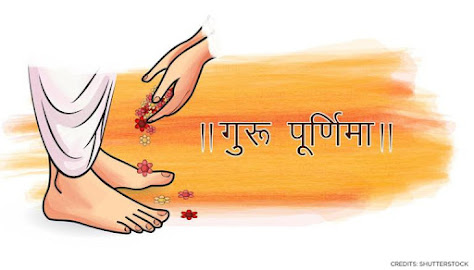Crocodile experts and green activists have protested in Vadodara, Gujarat, after the city’s municipal corporation started removal of vegetation from the banks of the Vishwamitri river July 10, 2021.
They said the action would destroy the riparian, which was an important habitat for ‘muggers’ or marsh crocodiles as well as a host of other wildlife unique to Gujarat’s third-largest city.
According to a survey done by the Gujarat Forest Department in 2020, there were an estimated 300 muggers in the Vishwamitri within Vadodara’s limits. The entire river system extending from Pavagadh hill in the Panchmahal district to the Gulf of Khambhat hosted a total of 1,000 animals.
“The timing of this activity is especially bad. The monsoon is here. It is the breeding season for muggers and other wildlife,” Raju Vyas, veteran herpetologist and a longtime resident of Vadodara told Down To Earth (DTE). Vyas has spent over two decades of his life researching on the muggers of the Vishwamitri.
The Vadodara Municipal Corporation (VMC) had brought earth-movers to the Vishwamitri’s banks ostensibly to ‘clean them up’ in accordance with the National Green Tribunal (NGT)’s order of May 25, 2021.
“... Demarcation of the entire flood plain zone of the river needs to be undertaken,” the order had read.
It had added:
While directing consideration of all the issues by the applicants, we reiterate the direction for implementation of the “Vishwamitri River Action Plan” including the steps for removal of unauthorised structures, demarcation and protection of flood plain zone and other action points according to the river restoration plan.
An earth-mover uprooting foliage in a ravine or ‘kotar’ on the banks of the Vishwamitri river in Vadodara. Video by Jitendra Gavali
However, activists said the current activity of the VMC appeared to be against the orders of the NGT.
“Prima facie, it appears as an effort towards the re-sectioning of the river, resulting in further encroachment on the river section through the dispersal and levelling of the soil; the debris and solid waste still remains,” a note prepared by a group of concerned citizens read.
The VMC has been planning since 2014 to develop the Vishwamitri’s river front on the lines of the Sabarmati river front in Ahmedabad but has run into obstacles as activists like city-based Rohit Prajapati have appealed to the NGT and other courts against its moves.
Ranjit Devkar, who works with the zoology department of Vadodara’s Maharaja Sayajirao University, said the ‘clean up’ was a disastrous move as far as wildlife was concerned.
“The riparian region is the water-soil interface on any river which should always be protected. The entire riparian region of the Vishwamitri within the city has been made nude and barren ostensibly to clean up vegetation so that floods do not occur,” he told DTE.
Devkar said he had asked city officials to cite any similar examples globally where vegetation removal from the riparian zone prevented floods. They said their engineers had told them so, he added.
The Vishwamitri was special for the mugger crocodile, Devkar said, as it was breeding in the river. “Any animal that is under stress will not breed,” he noted.
Devkar outlined four reasons as to why the VMC’s activity was wrong.
 A marsh crocodile and a turtle on the banks of the Vishwamitri river in Vadodara. Photo: Jitendra Gavali
A marsh crocodile and a turtle on the banks of the Vishwamitri river in Vadodara. Photo: Jitendra Gavali
One reason was the choice of the season, like Vyas had said, as the monsoon is the breeding period for the mugger.
The earth-movers would disturb eggs or hatchlings on the bank. The banks also serve as important basking sites for the animal which is cold-blooded and hence needs the sun’s heat to regulate its body’s enzymes.
The earth-movers had removed acacia and prosopis plants on the bank which had harboured basking sites. “The traditional basking areas have been destroyed and the land contours have been changed. No experts advised them before doing this,” he said.
Another reason according to Devkar was that the Vishwamitri hosted a whole host of wildlife other than muggers and turtles which are Schedule I species under the Wild Life Protection Act, 1972.
The ravines on the banks of the river, known as ‘kotar’ in Gujarati, host porcupines, the Common Indian Civet, the Jungle Cat, cobras, pythons, the Chequered Keelback and the Bengal Monitor. The whole food chain of this riverine ecosystem has been disturbed, Devkar said.
DTE reached out to Kartik Maharaja, the divisional forest officer of Vadodara, but did not receive any comment on the issue.





 A marsh crocodile and a turtle on the banks of the Vishwamitri river in Vadodara. Photo: Jitendra Gavali
A marsh crocodile and a turtle on the banks of the Vishwamitri river in Vadodara. Photo: Jitendra Gavali





